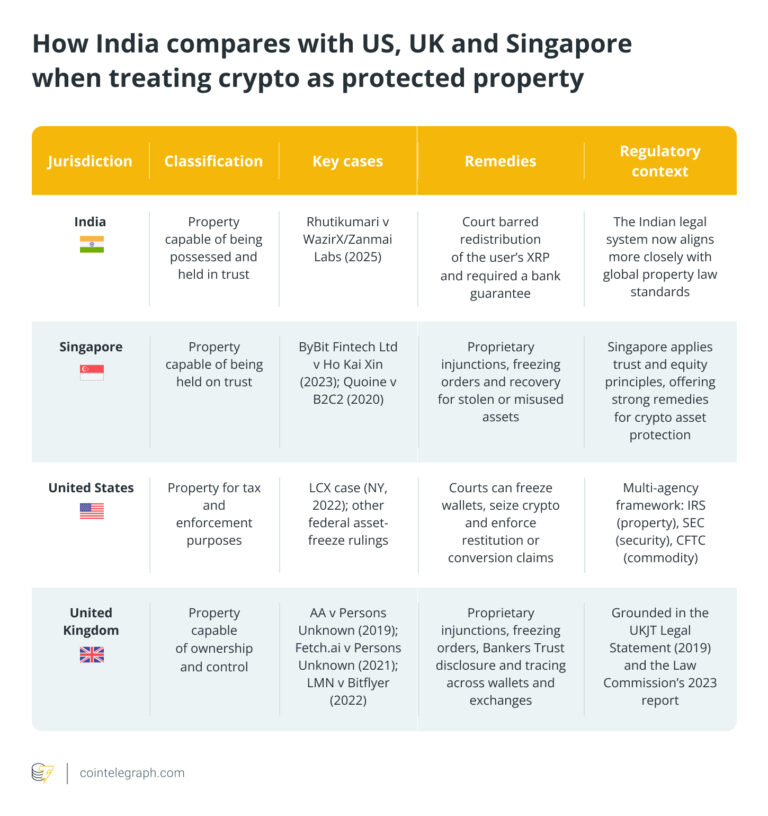
Tether is standing out by choosing not to comply with the new MiCA framework issued by the European Union. Read on to learn more.
With these new rules, people will understand tether better and believe in its security.
What Is MiCA and What Does It Require?
MiCA allows the EU to govern the use of cryptocurrencies across its member states. Before issuance, stablecoins must meet a long list of strict rules.

Source: X
- Licensing: Stablecoin issuers are required to obtain a special EMI license.
- European Bank Reserves: EU banks must have 60% of reserves for “stablecoins with a significant footprint in the EU,” such as USDT.
- Transparency: Any issuer must make regular reports on reserves, audits, and what they do.
- Delisting Non-Compliant Coins: Exchanges can’t list or trade stablecoins that don’t follow these rules.
Major exchanges like Binance have already removed USDT trading pairs for European users.
Why Is Tether Saying No to MiCA?
Concerns About Banking Rules
Tether’s CEO, Paolo Ardoino, warns that keeping most reserves in European banks could be risky. If those banks face a crisis and run low on cash, the banks and stablecoins could collapse together. Tether believes US Treasuries are secure, so it invests most of its reserves in this asset class.
Why is Tether refusing to comply with MiCA?
In this exclusive interview, CEO Paolo Ardoino breaks down the bold strategy behind Tether’s stance in Europe and what it means for crypto’s future, among other things. pic.twitter.com/pQLs1UhZtQ
— Cointelegraph (@Cointelegraph) May 9, 2025
Worries About the Digital Euro and Privacy
Tether also monitors Europe’s digital euro project because cryptocurrencies work like cash; people worry that this could allow authorities to track their financial activities.
Focus on Markets Outside Europe
Tether’s main users aren’t in Europe. Countries like Brazil, Turkey, and Nigeria rely on USDT to manage inflation and unstable banking systems. Maintaining MiCA’s requirements in these markets would remove Tether’s resources to support its customers.
What Does This Mean for Tether Users in Europe?
European exchanges Binance and Kraken have already dropped USDT, giving clients less choice. USDT users can still own their crypto, but cannot complete transactions on EU-licensed exchanges. Consequently, people are now choosing stablecoins that comply with MiCA, such as USDC. A shortage of USDT could result in less liquidity and bigger price swings for cryptocurrencies in Europe.
#TETHER´S CEO “WE DON´T CARE ABOUT THE USAGE OF #USDT IN EUROPE AND THE US. WE DON´T THINK EUROPE AND US ARE GOOD MARKET FOR US AND IN GENERAL FOR STABLECOINS – THAT IS OUR OPINION!”
WHAT DOES TETHER HAVE TO FEAR? – SINCE THEY WANT TO MOVE OUT OF THE TWO LARGES… https://t.co/iMbEV3KkDy pic.twitter.com/hkvxZ12lkM
— XRP DROPZ (@DROPZXRP) December 31, 2024
What’s Next for Tether?
Tether is expanding elsewhere instead of following the books and European rules. It now has its headquarters in El Salvador, a country that supports crypto and explores AI, sustainable farming, and media investments. Tether is moving to increase its presence beyond tough regulatory regions like Europe.
Conclusion
Tether believes that innovation-supportive places will play a bigger role in shaping the future of crypto than stricter job sites such as the EU. Mica’s rejection by Tether points out that crypto regulation differs widely worldwide. Organizations and businesses now choose areas with lighter regulations for better activity.
Disclaimer
The information discussed by Altcoin Buzz is not financial advice. This is for educational, entertainment, and informational purposes only. Any information or strategies are thoughts and opinions relevant to the accepted risk tolerance levels of the writer/reviewers, and their risk tolerance may differ from yours. We are not responsible for any losses you may incur due to any investments directly or indirectly related to the information provided. Bitcoin and other cryptocurrencies are high-risk investments, so please do your due diligence. Copyright Altcoin Buzz Pte Ltd.
The post Why Is Tether Rejecting MiCA Compliance? appeared first on Altcoin Buzz.



